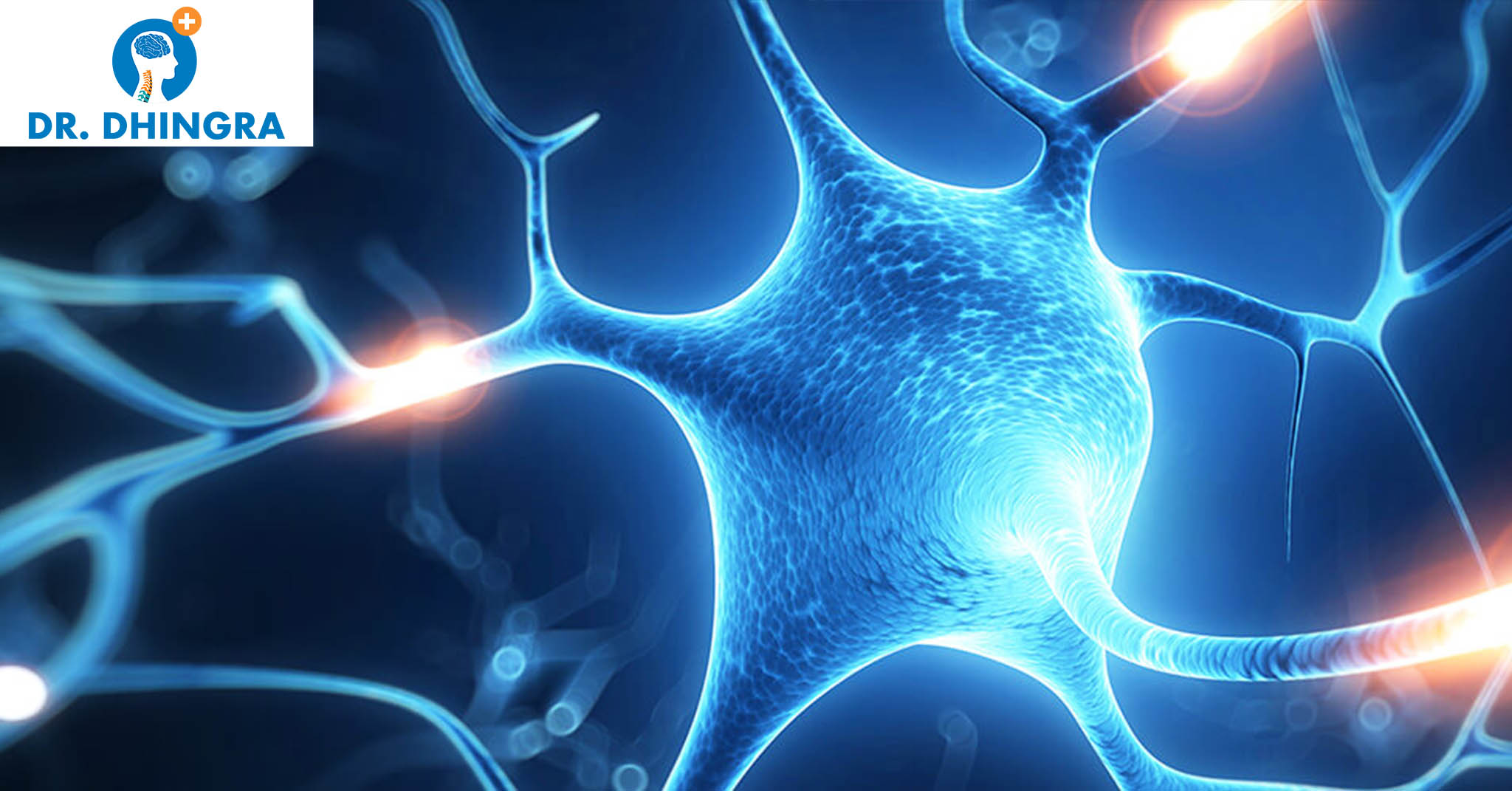Types, Symptoms, and Treatment of Multiple Sclerosis
Multiple Sclerosis is an autoimmune disorder that affects the central nervous system, particularly brain, spine and optic nerves. An autoimmune is a medical condition in which the immune system attacks healthy tissues just as it might attack a virus or bacteria. In Multiple Sclerosis, the myelin sheath that surrounds and protects the nerve fibers is attacked by the immune system, causing inflammation. When myelin sheath disappears or sustains damage in multiple areas, it leaves a scar or sclerosis. These are also called plaques or lesions in medical terms. These lesions affect the brain stem, cerebellum, spinal cord, optic nerves, etc. Dr. Anil Dhingra, the best endoscopic spine surgeon discusses a detailed description of types, symptoms, and treatment of Multiple Sclerosis: TYPES OF MULTIPLE SCLEROSIS (MS): Clinically Isolated Syndrome (CIS) It is the first episode of neurologic symptoms and is caused by inflammation of the central nervous system. The symptoms last for 24 hours but do not yet meet the criteria for a diagnosis of MS. The people who experience CIS may or may not develop MS in the future. Relapse- Remitting MS (RRMS) RRMS is the most common disease course. It is characterized by an attack of new or increasing symptoms which is followed by periods of complete or partial recovery. During the period of recovery, some symptoms may disappear or some symptoms may continue to become permanent. Secondary Progressive MS (SPMS) People diagnosed with RRMS will eventually transform into the secondary progressive course in which there is a progressive worsening […]

